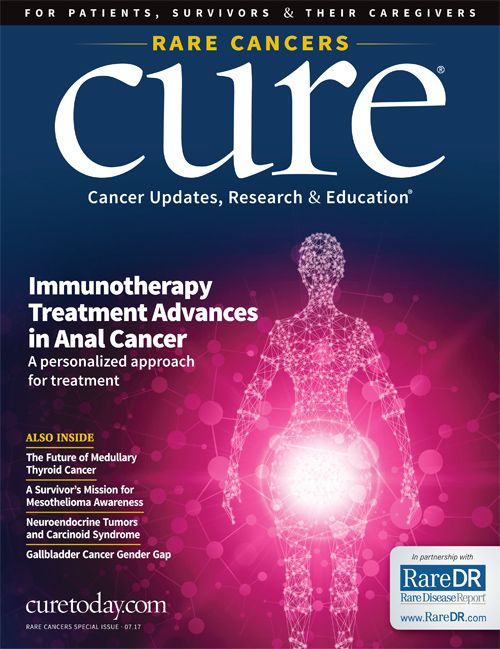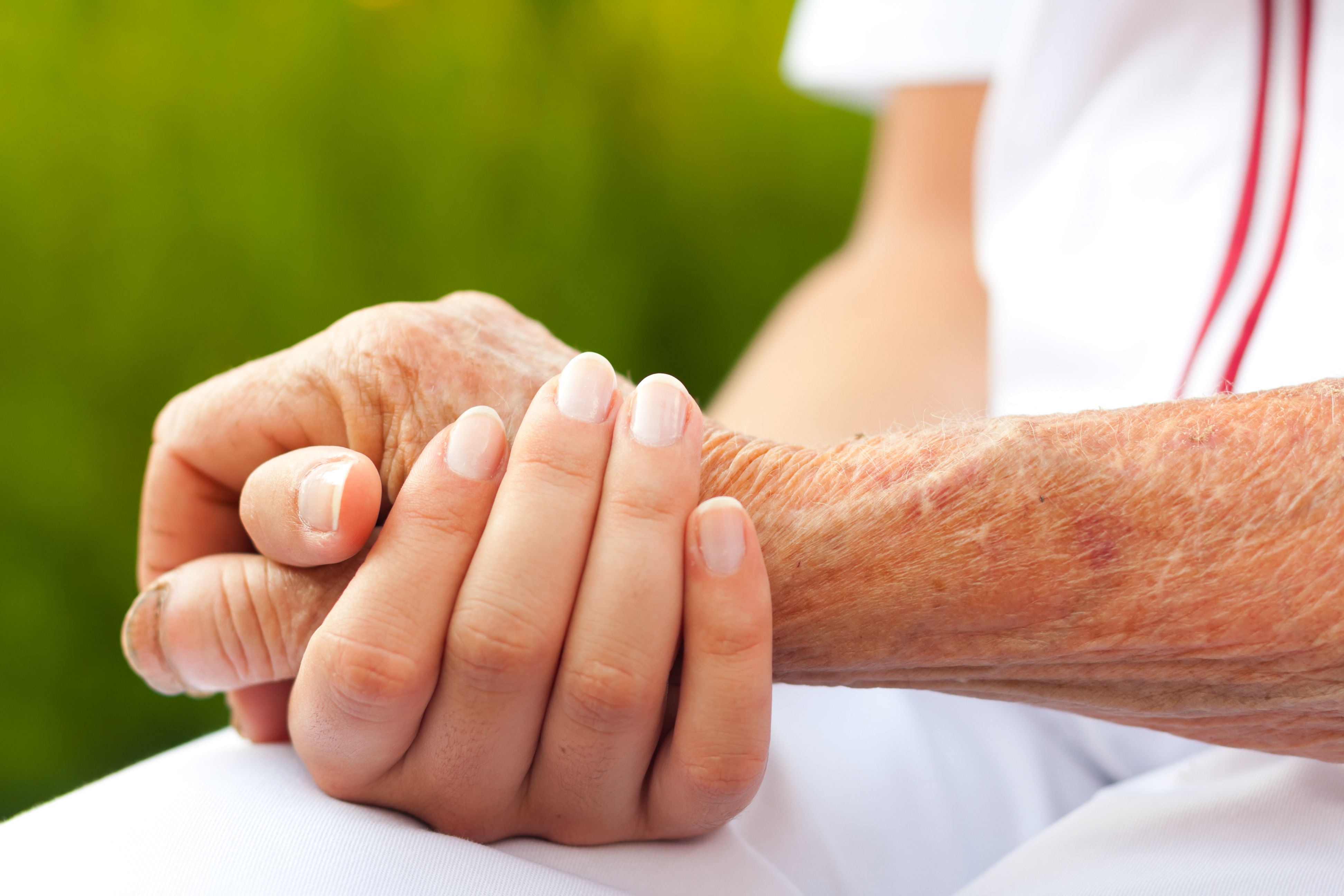Publication
Article
CURE
Rare Cancer Reality
Author(s):
1 in 5 cancers diagnosed in the U.S. is rare.
A RECENT REPORT FROM the American Cancer Society (ACS) found that 1 in 5 cancers diagnosed in the United States is a rare cancer, which is defined as an incidence of fewer than six cases per 100,000 people per year.
Carol DeSantis, M.P.H., a cancer epidemiologist and director of breast and gynecological cancer surveillance at the ACS, led the study. She and her colleagues used data from the North American Association of Central Cancer Registries and the Surveillance, Epidemiology and End Results (SEER) program to examine incidence rates, stage at diagnosis and survival for more than 100 rare cancers in the U.S. “The most significant finding was seeing that collectively rare cancers are still likely to be diagnosed at later stages and overall survival is poor,” said DeSantis in an interview with CURE.
Researchers determined that 59 percent of rare cancers are diagnosed at regional or distant stages compared with 45 percent of common cancers among solid tumors. The 5-year relative survival among these patients is poorer compared with those diagnosed with a common cancer among both men (55 percent versus 75 percent) and women (60 percent versus 74 percent).
Five-year survival was substantially higher for children and adolescents (82 percent) compared with a 46 percent survival rate for adults aged 65 to 79. In addition, the researchers noted that approximately 20 percent of patients with cancer in the country are diagnosed with a rare cancer, and they are more common among Hispanic and Asian/ Pacific Islander populations.
Seventy-one percent of cancers occurring in children and adolescents are rare compared with less than 20 percent of cancers diagnosed in patients 65 years and older.
DeSantis explained that patients diagnosed with a rare cancer often face unique challenges. “Oftentimes there are diagnosis delays. Usually rare cancers are diagnosed symptomatically, and so clinicians will try to rule out more common causes of whatever symptoms they are presenting with first,” she said. “So, I found in the study that, overall, rare cancers are more likely to be diagnosed at later stages.”
Patients and their families also have a more difficult time finding information and support because the community isn’t there as it is for a patient with a more common cancer, she added.
From the clinical side of it all, DeSantis said it is difficult to find funding for rare cancers and that conducting studies and clinical trials can be a challenge because there are fewer patients with these cancers. Thus, treatment options are sometimes limited. One way researchers are trying to overcome this is by offering collaboration among cancer centers. Although more research is still needed, DeSantis feels that there is hope for patients.
“There have been such great treatment advances for cancer,” said DeSantis. “One of the more challenging but also hopeful pieces is that more and more cancers are being subdivided into a collection of more rare, specific subtypes as science is identifying more molecular markers.”
She added, “Continued efforts are needed to develop interventions for prevention, early detection and treatment to reduce the burden of rare cancers.”





